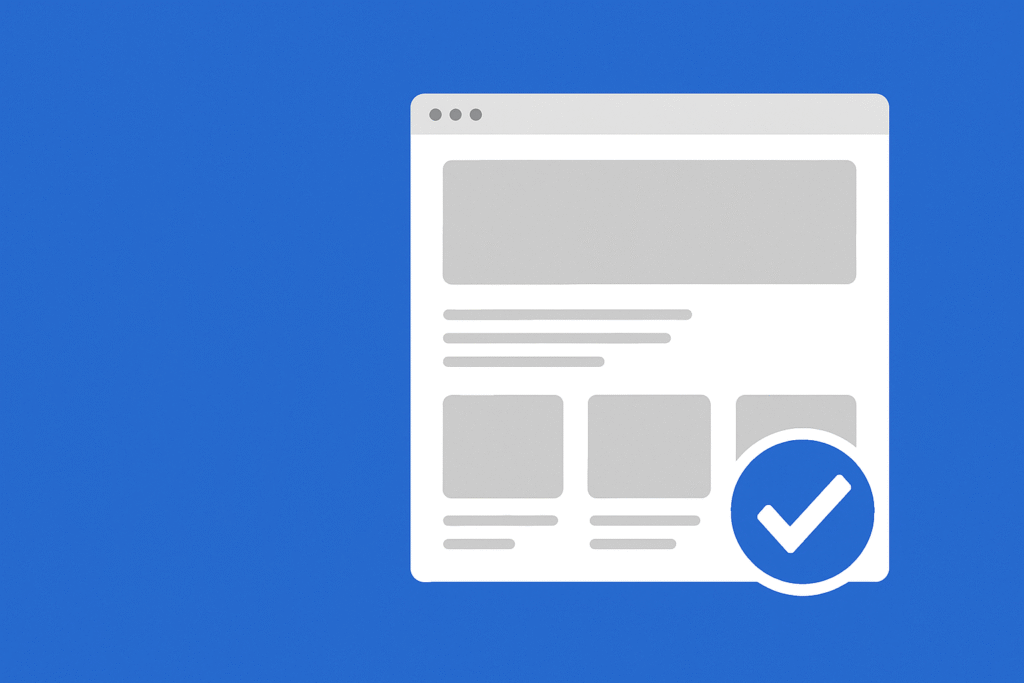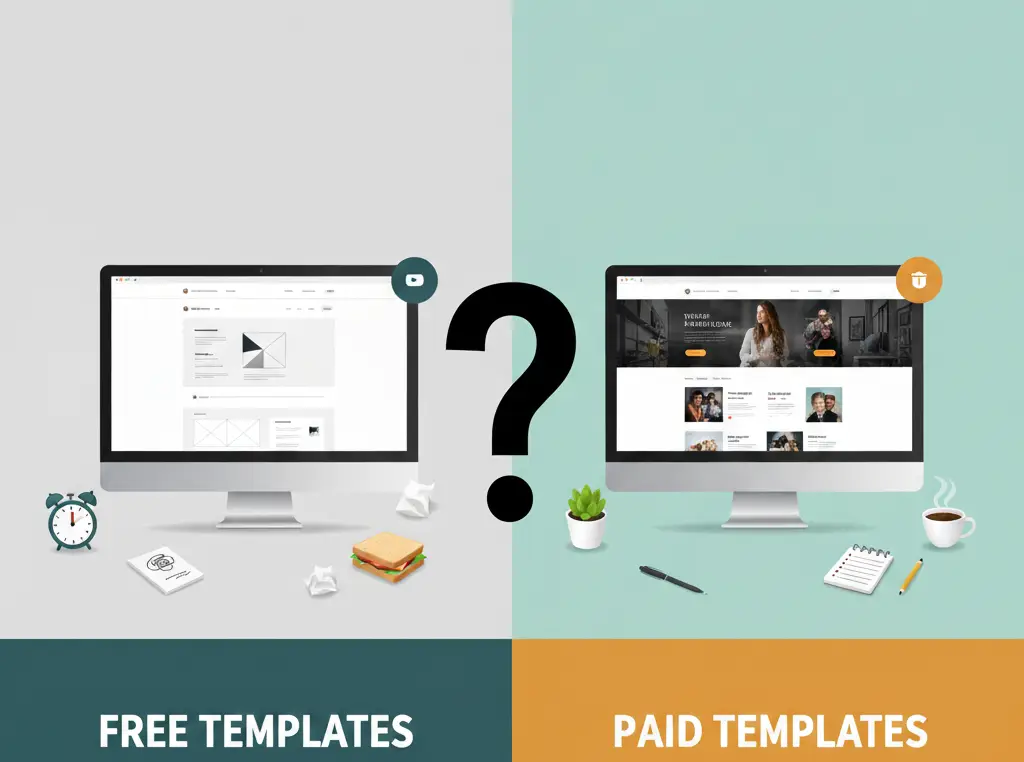How to Choose the Best Webflow Template?

To choose the best Webflow template, focus on your website’s purpose, industry, and goals. Look for templates with a clean, responsive design, fast loading speed, and easy customization options. Check if the template supports SEO, CMS collections, and e-commerce features (if needed). Always review the demo, user reviews, and compatibility with Webflow updates before finalizing.
Let us together understand how to select the best Webflow template, what features to look for, and tips to avoid common mistakes.
Understanding Webflow Templates
A Webflow template is a pre-built website structure with ready-made pages, styles, and elements. Think of it as a skeleton that you can customize to match your business identity. Templates make website building faster because the basic design and layout are already done for you.
Key points to know:
- Pages included: Most templates come with core pages like Home, About, Services, Blog, and Contact. Some advanced templates also include Pricing, FAQ, or Portfolio pages.
- Responsive design: Templates adjust automatically to mobile, tablet, and desktop screens. This is crucial since more than 50% of web traffic comes from mobile devices.
- Customization options: Fonts, colors, images, and layouts can be updated without touching code. You can make it unique even if others use the same template.
Also Read , Which Technology is Best for Website Development!
How the Right Webflow Template Can Help Your Site?

Choosing the right Webflow template is not just about aesthetics. It directly impacts your site’s usability, performance, and future growth.
Benefits of selecting the right template
- Save development time: You don’t need to start from scratch. A well-chosen template gives you a functional website quickly.
- Maintain consistency: Colors, fonts, and layouts are uniform, creating a professional appearance.
- Improve mobile compatibility: Templates handle responsiveness automatically, so your site looks good on any device.
- Boost SEO readiness: Many templates come with clean HTML structure and pre-defined SEO-friendly headings.
Free vs. Paid Templates: Which Should You Pick?

Choosing between free and paid templates depends on your goals, budget, and growth plans.
Free Templates
- Pros: Cost-effective, easy to start with, good for testing ideas.
- Cons: Limited customization, fewer features, may lack premium support.
Paid Templates
- Pros: More professional design, additional features, ongoing support.
- Cons: Higher cost upfront, but often worth it for serious businesses.
How to Check If Webflow Template Fits Your Needs?
Once you have a few templates in mind, it’s essential to evaluate whether they actually match your business goals. Here’s a step-by-step approach:
- Test the Demo Thoroughly: Click through all pages in the template demo to check layouts, menu behavior, and interactive elements. Notice if any page feels crowded or difficult to navigate.
- Check Mobile and Tablet Responsiveness: Open the demo on different devices. Your template should automatically adjust without breaking layouts. Mobile compatibility is crucial since many users browse on smartphones.
- Verify Customization Options: Make sure fonts, colors, images, and layouts can be easily updated to match your brand identity. Some templates restrict changes, which can limit your flexibility.
- Assess Built-in Features: Look for contact forms, sliders, galleries, and pre-built sections. The right template will save time by including features you would otherwise need to build from scratch.
- Consider Future Expansion: Check whether you can add more pages or sections as your business grows. A template should allow scalability without requiring a complete redesign.
- Read Reviews and Support Notes: Other users’ experiences can provide insight into hidden issues, like bugs or limited customer support. Templates backed by reliable support are safer for long-term use.
WebFlow Templates You Can Try for Different Websites
Not every Webflow template fits every type of website. Choosing a template designed for your business type can save time and ensure your website performs well. Here are some practical suggestions:
- Portfolio Websites: Templates like “Lumen” or “Folio” are perfect for photographers, designers, and artists. They usually have clean layouts, large image galleries, and smooth scrolling features that highlight visual work.
- E-commerce Sites: Templates such as “Storefront” or “Shopify-inspired” include pre-built product grids, category pages, checkout forms, and promotional sections. They save you the trouble of building a store from scratch.
- Service-Based Businesses: Templates like “Consultly” or “Agency” come with service sections, client testimonials, and prominent call-to-action buttons that help attract leads quickly.
- Blog or Content-Focused Sites: Templates such as “Blogify” and “Writer” are structured to handle multiple categories, posts, and author sections. They also have pre-designed layouts for feature articles and sidebars.
Here is a Quick comparison table for the same.
| Business Type | Suggested Templates | Key Features Included | Best For |
| Portfolio / Creative | Lumen, Folio | Image galleries, smooth scrolling, minimal design | Photographers, designers, artists showcasing visual work |
| E-commerce | Storefront, Shoply | Product grids, checkout pages, category filters, promo banners | Small stores, online shops, niche product businesses |
| Service-Based / Agencies | Consultly, Agency | Service sections, testimonials, CTA buttons | Consultants, agencies, freelancers looking for client leads |
| Blogs / Content-Focused | Blogify, Writer | Article layouts, author sections, category pages | Writers, bloggers, content marketers, online magazines |
| SaaS / Tech Startups | Apply, TechFlow | Pricing tables, feature sections, onboarding flows | Software companies, apps, technology product launches |
| Event / Conference Sites | Eventica, Summit | Schedule sections, speaker profiles, registration forms | Conferences, meetups, online/offline events |
| Restaurants / Cafes | DineWell, Foodie | Menu layouts, booking forms, location maps | Restaurants, cafes, food services |
| Non-Profit / Community | CharityHub, Connect | Donation sections, volunteer forms, cause storytelling | NGOs, community organizations, social initiatives |
This table gives a clear starting point, but remember, every business is unique. Use it as a guide to shortlist templates that align with your goals, audience, and content needs. The right template should make your website easy to manage, visually appealing, and effective at communicating your brand story.
Here’s a second table showing price ranges and ease of customization for Webflow templates across different business types.
| Business Type | Suggested Templates | Price Range (USD) | Ease of Customization | Notes |
| Portfolio / Creative | Lumen, Folio | $49 – $79 | High | Minimalist designs make it easy to tweak visuals and layouts |
| E-commerce | Storefront, Shoply | $79 – $149 | Medium | Pre-built product pages, but checkout customization may need work |
| Service-Based / Agencies | Consultly, Agency | $49 – $99 | High | Sections for services, testimonials, and CTAs are drag-and-drop |
| Blogs / Content-Focused | Blogify, Writer | $39 – $79 | High | Easy to adapt typography, headers, and article layouts |
| SaaS / Tech Startups | Apply, TechFlow | $79 – $149 | Medium | Feature blocks and pricing tables are preset but editable |
| Event / Conference Sites | Eventica, Summit | $59 – $129 | Medium | Schedule and speaker sections can be customized with minimal coding |
| Restaurants / Cafes | DineWell, Foodie | $49 – $99 | High | Menus, booking forms, and gallery sections are easy to modify |
| Non-Profit / Community | CharityHub, Connect | $49 – $89 | High | Donation and volunteer forms are ready-to-use with simple tweaks |
Choose a template that fits your business and content needs, not just its design. Ensure it has useful features, is easy to customize, and offers good value, saving time, money, and aligning with your goals.
Also Read , Top 10 Web Development Services You Need Today
How to Pick the Right Template in 5 Steps?
- Define your goals: Know what your website should do (showcase portfolio, sell products, generate leads.
- List must-have features: Forms, galleries, product grids, or blog layouts.
- Compare templates: Use demos to see how templates handle your requirements.
- Check mobile performance: Ensure your site looks perfect on all devices.
- Balance design, features, and ease: Pick the template that gives you the best combination of aesthetics, functionality, and flexibility.
Wrapping Up
If you’re a startup or small business, Cheval-Rise by WebWorks Co. can help you choose the perfect Webflow template for your website. Their smart packages include pre-built templates, built-in tools, and guidance for creating a professional site quickly. This ensures your business gets a strong online presence without high costs or delays.
